A gardener’s worst nightmare is to see their hard work destroyed by pests or diseases. Unfortunately, there are many culprits that can cause holes in leaves, including earwigs, slugs, and snails.
In this blog post, we look at which pests are causing holes in your black-eyed Susans. I will also go through my top tips on how to prevent and get rid of these pests for good!
Why Are There Holes in Black-eyed Susans?
Pests are the key culprits behind holes in black-eyed Susans. The most common pest that causes damage to these plants are aphids, but beetles, slugs, and other pests can also be to blame. All of these pests are attracted to the leaves of black-eyed Susans because they are soft and easy to munch on.
Aphids are tiny, sap-sucking insects that congregate in large numbers on the stems and leaves of plants. They pierce the plant tissue with their sharp mouthparts and suck out the plant’s fluids. This can cause black-eyed Susans to wilt, discolor, and eventually die.
You may not even know you have aphids infesting your black-eyed Susans until you see the damage they’ve done. Aphids also excrete a sticky substance called honeydew, which can attract ants and other pests to the plant.
How to Remove Pests from Black-eyed Susans?
Big pests like beetles and slugs can be hand-picked off black-eyed Susans and disposed of in a bucket of soapy water. This is an effective way to get rid of these pests, but it can be time-consuming if you have a large infestation.
For smaller pests like aphids, you can blast them off with a strong stream of water from the hose. You can also try using an insecticidal soap or neem oil to get rid of aphids. These products will disrupt the lifecycle of aphids and kill them off.
My favorite pesticide for black-eyed Susans is Neem oil, which is a natural and organic way to get rid of aphids.
Simply mix a few drops of neem oil with water in a spray bottle and spritz it on the affected plants. Be sure to coat the underside of the leaves where aphids like to hide. You’ll need to reapply neem oil every few days to keep aphids at bay.
How to Keep Pests Away From Black-eyed Susans?
Preventing pests from infesting your black-eyed Susans in the first place is the best way to keep them healthy and hole-free. Here are a few things you can do to deter pests:
Use Row Covers
Row covers are pieces of fabric that you can lay over plants to create a physical barrier between them and pests. This is a great way to keep beetles, moths, and other pests from getting to your black-eyed Susans.
The Right Location
Black-eyed Susans need full sun to partial shade and well-drained soil. If you plant them in an area that is too shady or has soggy soil, they will be more susceptible to pests and diseases.
Keep the Garden Clean
Pests love hiding in weeds, so be sure to keep your garden free of debris. You should also regularly remove any dead leaves or stems from your black-eyed Susans. Doing this will make it harder for pests to hide and will also help improve air circulation around the plants.
By following these tips, you can keep your black-eyed Susans healthy and free of pests! Do you have any tips for preventing or getting rid of pests in the garden? Share them with us in the comments below!
What Else Causes Holes in Black-eyed Susans?
It’s not just pests that can cause holes in black-eyed Susans. Other factors, such as weather and disease, can also lead to damage.
For example, high winds can cause black-eyed Susans to lose their leaves or even uproot them entirely. Heavy rain and hail can also beat down the plants and break their stems.
Diseases, such as powdery mildew and rust, can also cause black-eyed Susans to develop holes in their leaves. Symptoms include discoloration, raised bumps, and eventually, holes.
If you notice any of these symptoms on your black-eyed Susans, be sure to take action immediately. Treat the plants with a fungicide or insecticide and remove any affected leaves or stems. By taking these steps, you can prevent the disease from spreading and causing further damage.
Should I Prune Black-eyed Susans with Holes?
I only recommend pruning black-eyed Susans if the plant has a disease that is quickly spreading. This will help to prevent the disease from infecting other plants. Otherwise, it’s best to leave the plant alone and let it recover on its own.
To prune black-eyed Susans, cut off any affected leaves or stems. Be sure to disinfect your pruning tools before and after use to avoid spreading the disease. You can do this by dipping them in a solution of bleach and water.
Conclusion
In conclusion, there are a few different reasons why black-eyed Susans may develop holes in their leaves. The most common cause is pests, which tend to munch on the leaves or suck out the sap. Other causes include weather damage and disease.
The key is to act as soon as you notice the problem. This will give the plant the best chance of recovering. Do you have experience with black-eyed Susans developing holes in their leaves? Share your tips with us in the comments below!
Tim is an avid gardener from the UK. He was the founder of PlantCarer.com from 2021 to Sep 2023. He sold PlantCarer.com to Aaron. He has since started his own business called Seed To Supper, which provides new gardeners all the materials you need in a box (pots, seeds, compost and instructions) to grow your own delicious and nutritious vegetables and herbs from start to finish – no garden required.



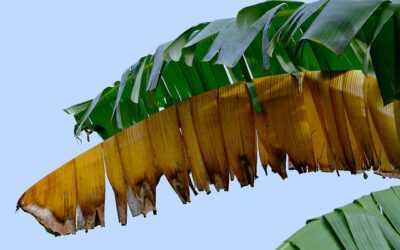

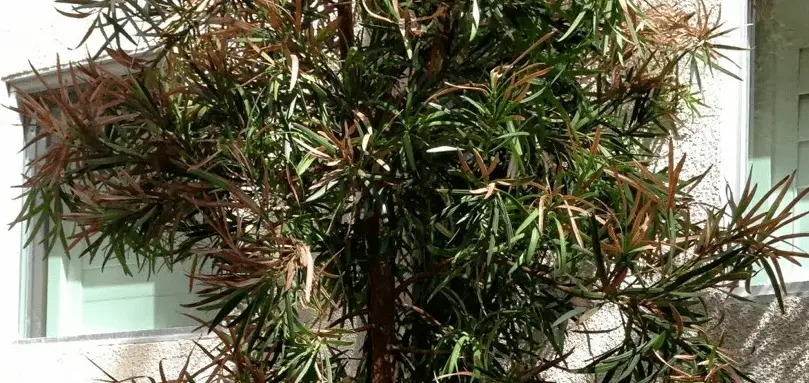
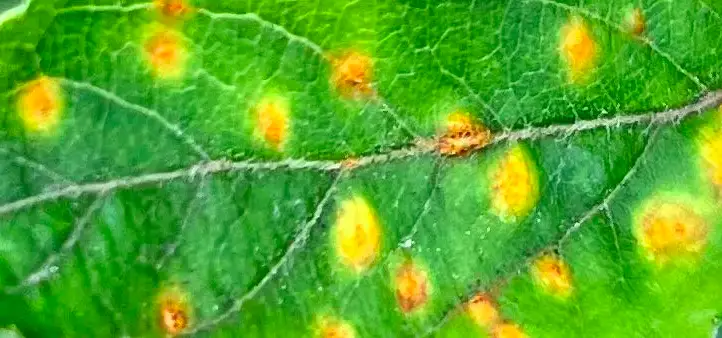
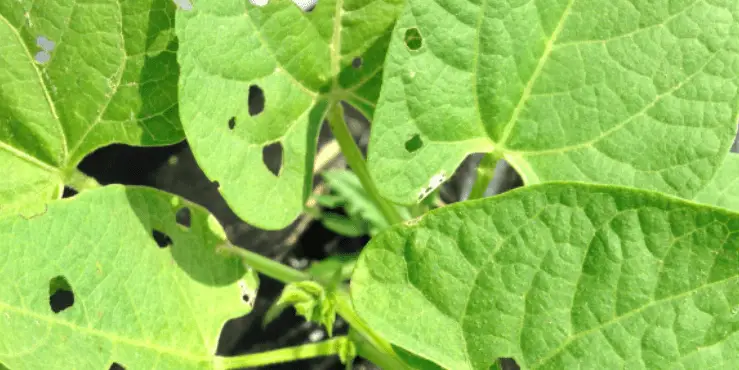
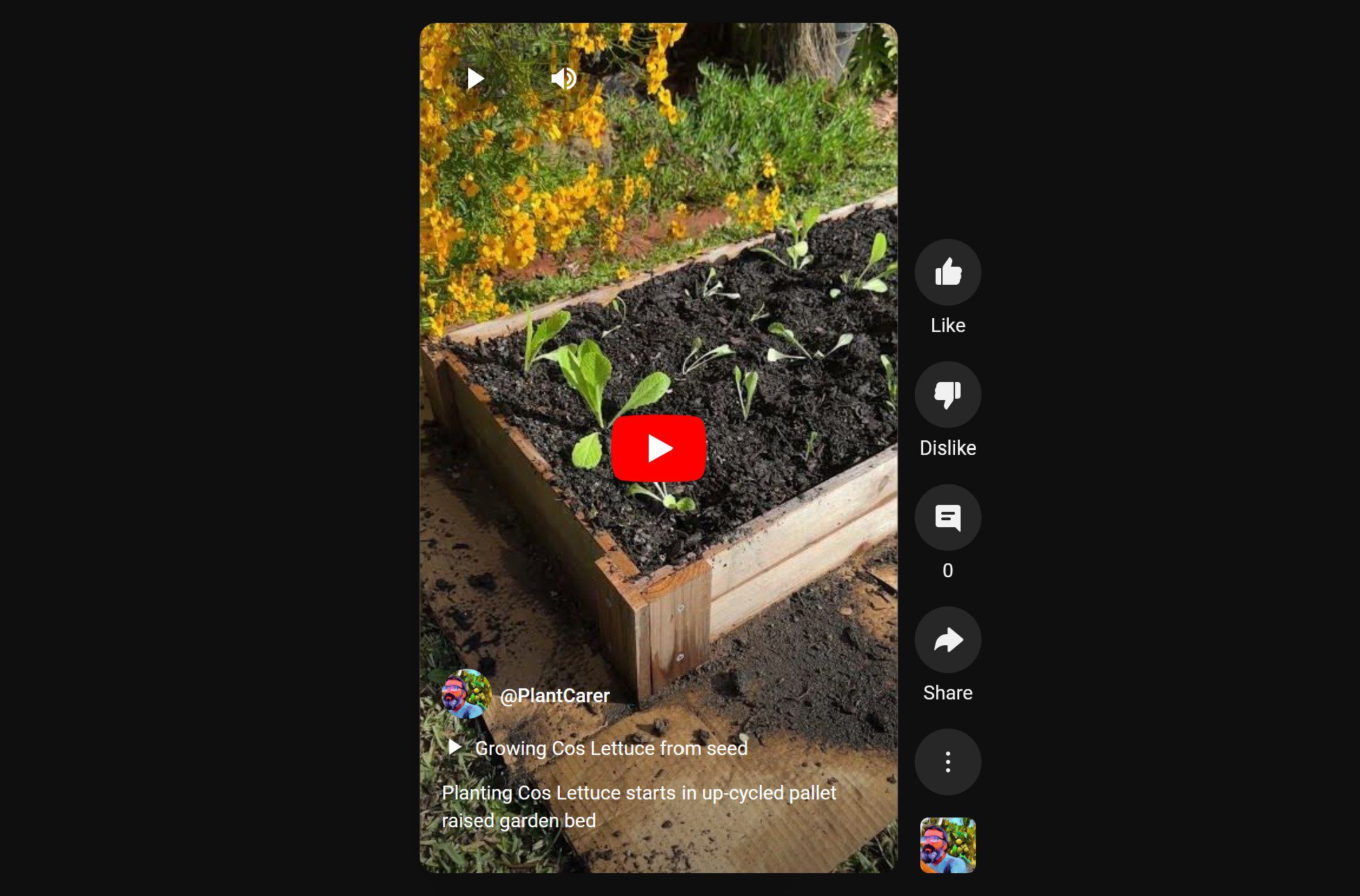
0 Comments